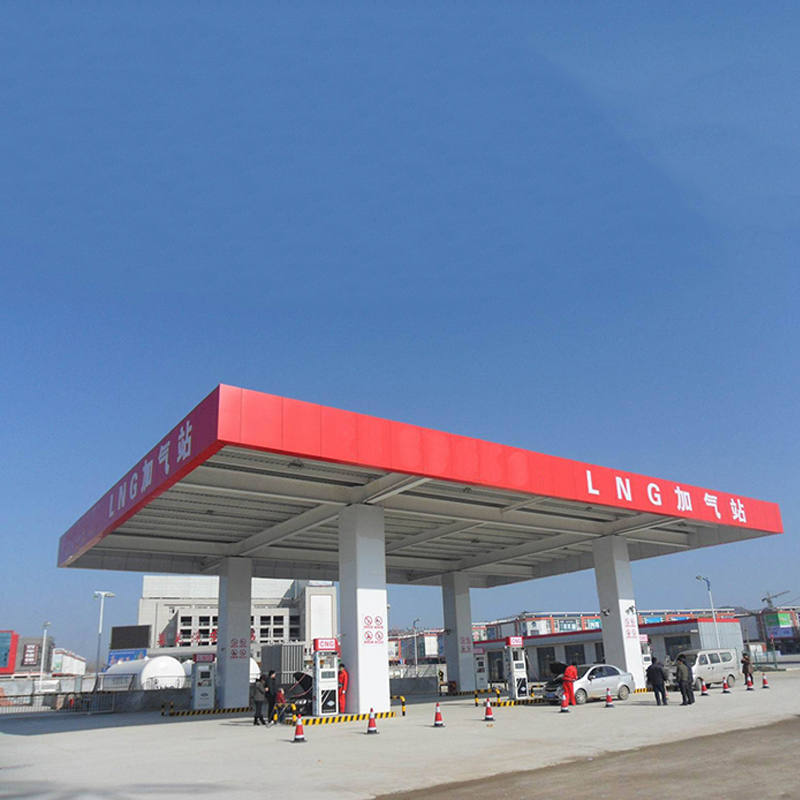
Dec . 18, 2024 02:55
Back to list
Natural Gas Regulator Valve Overview and Applications in Energy Systems
The Importance of Natural Gas Regulators
Natural gas has become an essential part of our daily lives, powering everything from heating systems and stoves to electricity generation and transportation. As the demand for natural gas continues to grow, ensuring its safe and efficient delivery to consumers is crucial. One of the critical components in this process is the natural gas regulator, a device that plays a vital role in controlling the pressure and flow of gas throughout the distribution system.
What is a Natural Gas Regulator?
A natural gas regulator is a mechanical device that regulates the pressure of the gas delivered from the supply source to the end-user appliances. It ensures that the gas is delivered at a consistent and safe pressure, preventing the risk of overpressure that can lead to leaks, explosions, or damage to appliances. Regulators are used in various applications, including residential, commercial, and industrial settings, each designed according to specific pressure requirements and flow rates.
How Does a Natural Gas Regulator Work?
The primary function of a gas regulator is to reduce the pressure of the incoming natural gas to a level that is safe for household use. The process begins when natural gas enters the regulator from the high-pressure pipeline. Inside the regulator, there is a diaphragm that responds to changes in gas pressure. When the pressure exceeds a set threshold, the diaphragm moves to decrease the flow of gas, effectively reducing the pressure.
Regulators are typically equipped with relief valves that allow excess pressure to escape safely. This additional safety feature ensures that the gas system operates within safe limits. Moreover, most regulators require minimal maintenance, making them reliable components of gas distribution systems.
Types of Natural Gas Regulators
There are several types of natural gas regulators, each serving a unique purpose
.
2. Second-Stage Regulators Used in residential areas, these further reduce the pressure to the levels required for safe utilization in household appliances.
صمام الغاز الطبيعي

3. Industrial Regulators Designed to handle larger volumes of gas, these regulators are built to withstand the demands of industrial applications, where pressure and flow rates can vary significantly.
4. Two-Stage Regulators Combining the functions of first- and second-stage regulators, these systems provide an efficient means of controlling pressure while minimizing fluctuations.
The Importance of Proper Regulation
The significance of gas regulators cannot be overstated. Unregulated gas pressure can lead to several hazards, including excessive wear and tear on appliances, increased risk of gas leaks, and potential explosions. By maintaining proper gas pressure, regulators ensure the longevity of appliances and safety for users.
Additionally, gas regulators contribute to energy efficiency. By providing a consistent flow and pressure of gas, they help optimize combustion in appliances, leading to lower energy consumption and reduced utility bills. This energy efficiency is particularly important in the context of global efforts to reduce carbon emissions and combat climate change.
Regulatory Standards and Safety
In many countries, the manufacture and installation of natural gas regulators are governed by strict regulatory standards. Agencies such as the American National Standards Institute (ANSI) and the International Organization for Standardization (ISO) offer guidelines to ensure that regulators are designed and tested to meet safety and performance criteria.
Regular inspections and maintenance of gas regulators are essential to ensure they operate correctly. Homeowners are encouraged to have their gas systems inspected periodically by licensed professionals to identify any potential issues and ensure the safety of their gas appliances.
Conclusion
In conclusion, natural gas regulators are crucial components of the gas distribution system, ensuring safe and efficient delivery of natural gas to end-users. Their role in maintaining proper pressure, preventing leaks, and optimizing energy consumption cannot be overlooked. As we continue to rely on natural gas for our energy needs, understanding the importance of gas regulators is vital for ensuring safety and efficiency in our daily lives. Regular maintenance and compliance with safety standards will help us harness the benefits of natural gas while protecting our homes and communities.
Next:
Latest news
-
Safety Valve Spring-Loaded Design Overpressure ProtectionNewsJul.25,2025
-
Precision Voltage Regulator AC5 Accuracy Grade PerformanceNewsJul.25,2025
-
Natural Gas Pressure Regulating Skid Industrial Pipeline ApplicationsNewsJul.25,2025
-
Natural Gas Filter Stainless Steel Mesh Element DesignNewsJul.25,2025
-
Gas Pressure Regulator Valve Direct-Acting Spring-Loaded DesignNewsJul.25,2025
-
Decompression Equipment Multi-Stage Heat Exchange System DesignNewsJul.25,2025

